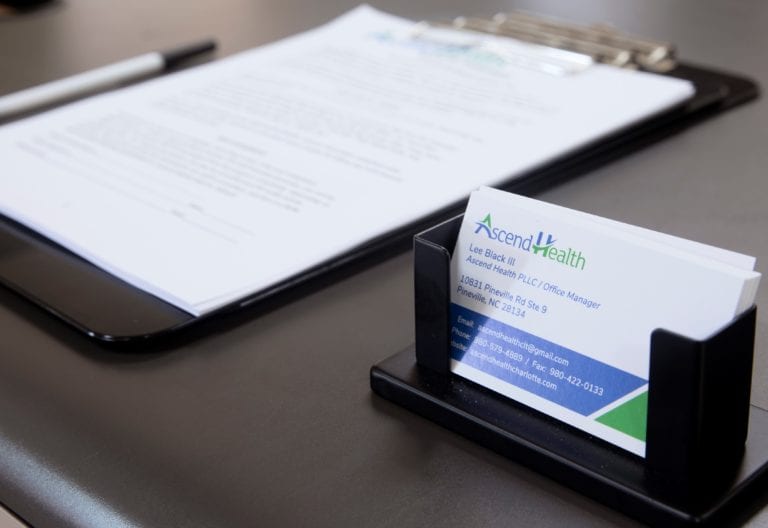Opioid addiction is a pervasive and deeply challenging issue that affects millions of individuals and communities worldwide. Finding effective treatments for opioid addiction is paramount, and one such treatment that has shown remarkable promise is Suboxone. In this comprehensive guide, we will delve into the world of opioid addiction, the role of Suboxone in recovery, and why it is considered a powerful tool for breaking free from the grips of addiction.
Understanding Opioid Addiction
Opioid addiction is a multifaceted medical condition characterized by both physical dependence and a compulsive psychological need for opioids. Opioids encompass prescription pain relievers like oxycodone and hydrocodone, as well as illicit substances like heroin. The consequences of opioid addiction extend far beyond the individual, straining healthcare systems, destabilizing families, and burdening society as a whole.
Opioid addiction isn’t solely about physical cravings; it’s also deeply rooted in psychological factors. The compulsion to use opioids can be overwhelming, leading individuals to prioritize drug use above all else. This cyclical nature of addiction is profoundly challenging to break free from and necessitates specialized treatment.
What is Suboxone
Suboxone is a medication-assisted treatment (MAT) that combines two active ingredients: buprenorphine and naloxone. Understanding the role of each component is essential to grasp how Suboxone aids in recovery.
Buprenorphine
This is a partial opioid agonist, meaning it binds to the same brain receptors as opioids but with less intensity. This partial activation helps to reduce withdrawal symptoms and cravings while mitigating the euphoric effects of full opioids.
Naloxone
As an opioid antagonist, naloxone blocks the effects of opioids and can reverse their potentially life-threatening effects. When taken as prescribed, naloxone in Suboxone is inactive. However, if someone attempts to misuse Suboxone by injecting it, the naloxone becomes active, deterring abuse.
The Benefits of Suboxone Treatment
Suboxone offers several substantial benefits that make it a highly effective choice for opioid addiction treatment:
Safety
Suboxone is notably safer than full opioids, significantly reducing the risk of overdose.
Effectiveness
It effectively manages withdrawal symptoms and cravings, markedly increasing the likelihood of successful recovery.
Reduced Stigma
Suboxone treatment plays a crucial role in reducing the societal stigma surrounding opioid addiction. By presenting addiction as a medical condition rather than a moral failing, Suboxone helps individuals receive the compassionate treatment they deserve.
The Role of Medical Supervision
Effectively initiating and maintaining Suboxone treatment requires medical supervision. Here’s why:
Initial Assessment
A qualified healthcare provider assesses the patient’s opioid use history, overall health, and addiction severity to determine the appropriate starting dosage.
Dosage Adjustment
Regular monitoring allows for dosage adjustments, ensuring that the patient receives the optimal amount of Suboxone.
Side Effect Management
Medical supervision is vital for promptly addressing any potential side effects and ensuring patient safety.
Combating Stigma
Opioid addiction carries a significant societal stigma, often discouraging individuals from seeking help. Suboxone, as a MAT, plays a vital role in reducing this stigma. By portraying addiction as a medical condition rather than a moral failing, Suboxone helps individuals receive the empathetic treatment they need to recover effectively.
The Recovery Journey
Recovery from opioid addiction is a transformative journey that demands dedication and support. Suboxone treatment is often part of a comprehensive approach that includes counseling and therapy:
Addressing Psychological Factors
Counseling and therapy services delve into the psychological aspects of addiction, helping patients understand and cope with the underlying causes of their substance abuse.
Holistic Recovery
The recovery journey is not solely about physical detoxification but also about rebuilding one’s life. Support groups, peer support, and ongoing therapy all play crucial roles in holistic recovery.
Relapse Prevention
Learning effective strategies for maintaining sobriety is a vital component of long-term recovery. Patients receive guidance on identifying and managing triggers that could lead to relapse.
Frequently Asked Questions
Is Suboxone safe?
Yes, when used as prescribed under medical supervision, Suboxone is considered safe. Its unique formulation reduces the risk of misuse and overdose.
Can I become addicted to Suboxone?
Suboxone is less likely to lead to addiction compared to full opioids. It’s used as a tool to help individuals transition to a drug-free life. The goal is not addiction but stabilization during recovery.
Are there side effects?
Common side effects of Suboxone may include nausea, headache, and constipation. These side effects are generally mild and can often be managed with medical guidance.
How long does Suboxone treatment last?
The duration of Suboxone treatment varies based on individual needs. Some individuals may use it as a short-term aid to transition through withdrawal, while others may require more extended treatment to support their recovery.
What is the success rate of Suboxone treatment?
The success of Suboxone treatment depends on various factors, including individual commitment, ongoing support, and the presence of a comprehensive treatment plan. It has been shown to significantly increase the likelihood of recovery when used as part of a holistic approach.



